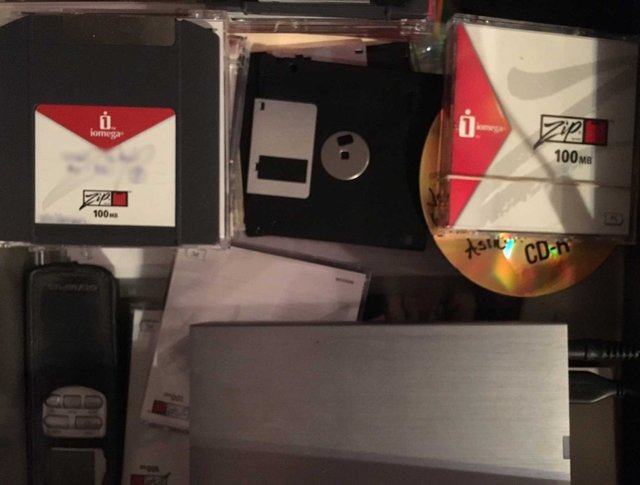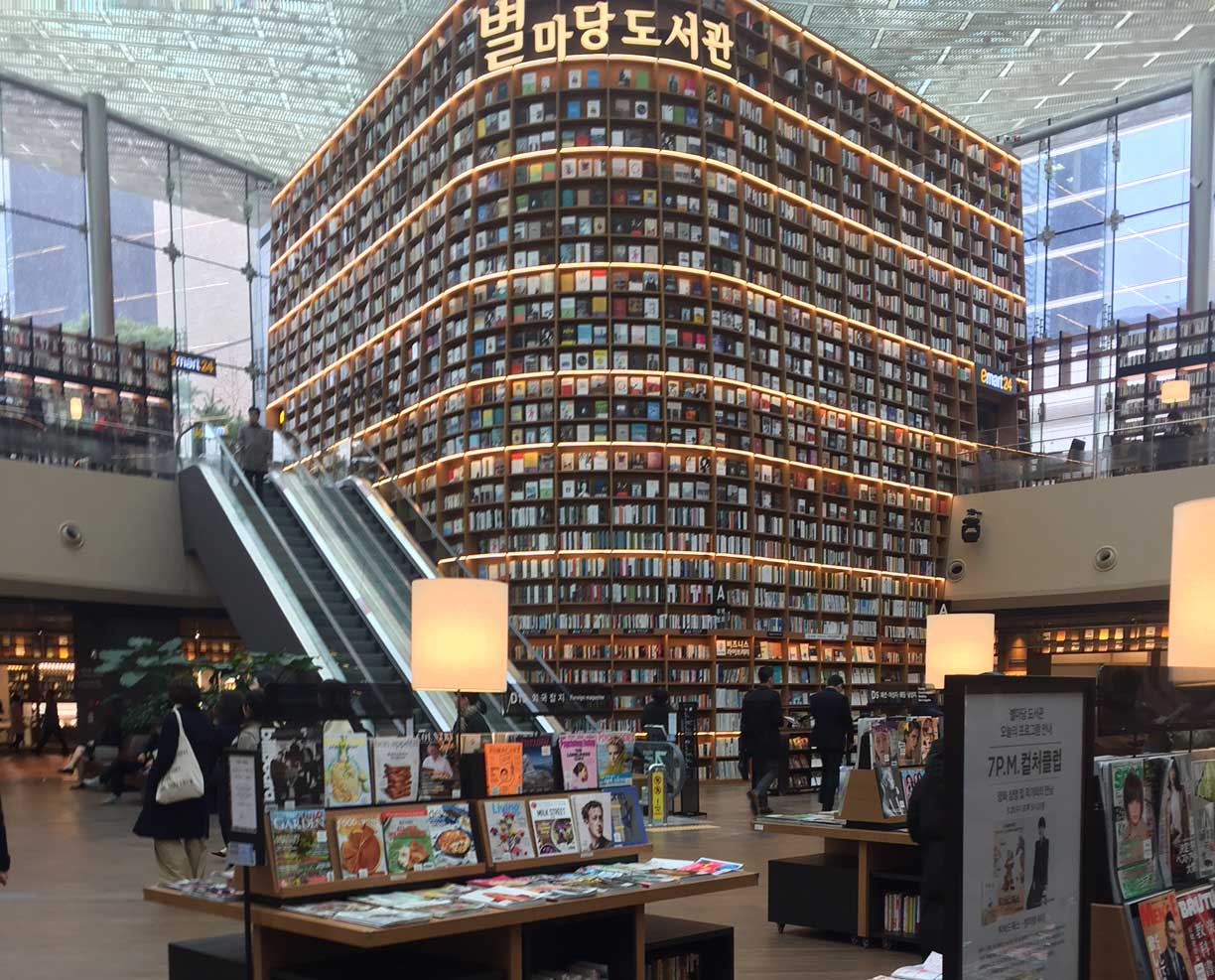DAM, I wish I was your secure, decentralized, and distributed ledger!

DAM or Digital Asset Management is the business and technical term for managing all your digital shit.
On a personal level it is the journey from making scrap books with photos printed from disposable cameras to creating albums on flickr, then Facebook and now on dropbox. All those mix tapes and playlists burned to cd are in boxes in a basement somewhere. Now I just go to Spotify's Discover Weekly to find new tunes. My relationship to my music has shifted. I remember in college learning so much about a person by the cds they had on display or in sleeves in one of those books. If it's perplexing for us to manage our stuff, digital or analog, on an individual level imagine how much more complicated it must be for an old library or special collection/museum. And here they thought having a mobile friendly website and Facebook page was keeping them au courant.
Everything is Miscellaneous
Building an archive is messy. Whether a Book Eater and his critical-mess theory of collecting or an Accidental Taxonomist managing all our (ahem) stuff is becoming overwhelming. Here's when I then turn to the solace of David Weinberger's Everything is Miscellaneous. Whether antiques, comic books, or terabytes of video footage, managing personal assets is complicated. When we start speaking about the enterprise level we start talking about image rights management, metrics, and interoperability between systems and things start getting really dicey. The organization of metadata proposed by Weinberger, tag it now, and search for it later, becomes a lot more applicable and less daunting.DAMnews goes even further in articulating the connection between metadata and blockchain:
Instead of using ad-hoc arbitrary connections between systems, the blocks on the blockchain become a shared repository to keep metadata that might be required by different products.
Just like 10 years ago we couldn't fully grasp how cloud storage would change communications and business, we're just now exploring the potential of blockchain technology in terms of DAM, copyright, and data security. With today's headlines about Facebook, the prospect of a blockchain alternative seems a lot rosier.
Internet of Value
Could blockchain be a leap in the right direction by helping to build an Internet of value? Jean Lozano from MediaValet thinks that blockchain's potential is vast but the current applications are limited.The massively transformative vision for Blockchain in the DAM industry is for content distribution to be decentralized and democratized in a public blockchain network where creators of media assets can publish, broadcast and distribute their work and get compensated for the value they generate. This however, at this point in time, is more of a moonshot than a bankable strategy. I think, what we need right now, is a federation of digital asset media libraries that can serve as a distributed and decentralized ‘system of record’ for digital media in an enterprise Blockchain ecosystem. This will establish concrete media asset ownership rights and attribution for media assets as a first step before we tackle the much larger and more complicated content licensing and distribution space.
Lozano's idea of creating a system of record with a federation of libraries is very intriguing. Especially as universities begin to consolidate with museums and companies invest more in blockchain solutions.

Image of the Coex Library in Seoul, South Korea.
Kodak and the Federation of Libraries
Did you know that Kodak has it's own cyrptocurency? Yup, same guys who made those disposable cameras mentioned earlier are now mining KodakCoins. They know a thing or two about images and get that they can be worth more than a thousand words.Kodak’s revolutionary platform will provide a secure and seamless way to register, manage and monetize creative assets, while on a broader scale, its entry in the decentralized world will provide a boost to the whole ecosystem of cryptocurrencies. With KODAKOne, Kodak is embracing its mission statement, namely that “Kodak is a technology company focused on imaging.”
What happens when the siloed special collections in libraries and museums across the country bust out of their confines? Their benefactors will want to be able to track, monetize and control the flow of their vaunted collections.
The technology hurdles that will be figured out soon by a company like Kodak or maybe someone else will determine the infrastructure of the soon to be built system of records temple in the sky.
For now, all we can do is plan ahead and start tagging that data, groom it, prep for the next sea-change of format and distribution and listen to some Sophie B. Hawkins.
100% of the SBD rewards from this #explore1918 post will support the Philadelphia History Initiative @phillyhistory. This crypto-experiment conducted by graduate courses at Temple University's Center for Public History and MLA Program, is exploring history and empowering education. Click here to learn more.
Congratulations @peartree4! You have completed some achievement on Steemit and have been rewarded with new badge(s) :
Click on any badge to view your own Board of Honor on SteemitBoard.
To support your work, I also upvoted your post!
For more information about SteemitBoard, click here
If you no longer want to receive notifications, reply to this comment with the word
STOP